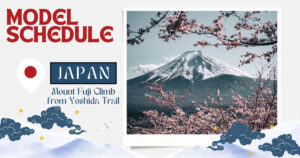The Land of Enduring Heritage
Welcome to a journey through Japan, a country where every corner has a story waiting to be discovered. Imagine strolling through ancient temples, gazing at the serene beauty of Mount Fuji, and experiencing the rich tapestry of Japanese culture. Japan’s 25 UNESCO World Heritage Sites are not just places on a map; they’re living stories, each sharing a piece of Japan’s heart and history. Let’s embark on this adventure together, uncovering the charm and secrets of Japan’s most treasured sites.
Historic Monuments of Ancient Kyoto
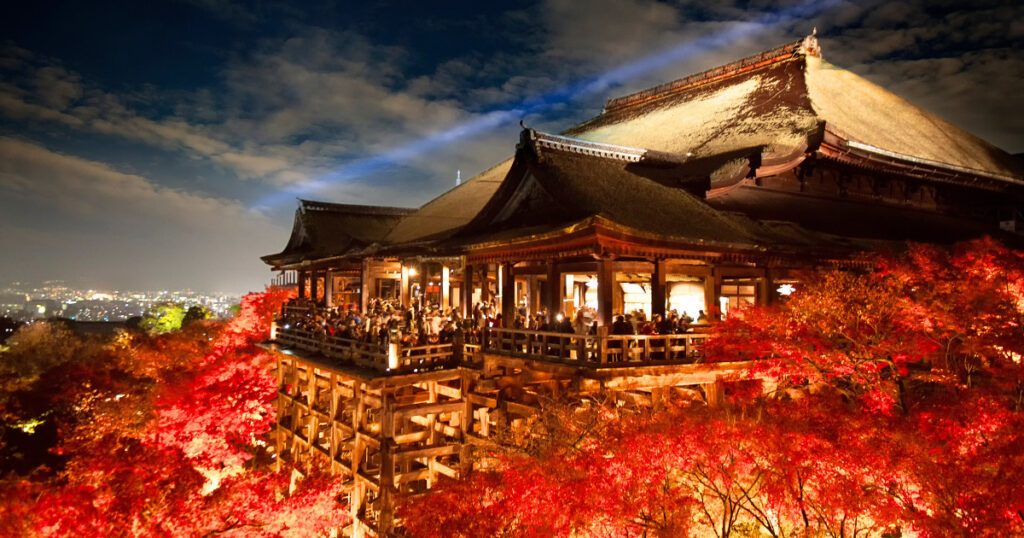
Kyoto, once the capital of Japan, is a city where history comes to life. Here, you can find some of Japan’s most famous historical sites, including temples, gardens, and castles that take you back in time.
The temples in Kyoto are not just places of worship; they’re treasures of Japanese culture and art. For example, Kinkaku-ji, also known as the Golden Pavilion, is covered in gold leaf and reflects beautifully in the pond beside it. It’s a perfect example of how Kyoto combines nature and architecture.
Another gem is Kiyomizu-dera, famous for its large wooden terrace. From here, you can enjoy stunning views of the city and the surrounding nature. This temple shows how Kyoto’s sites blend with their natural environment.
Then there’s Nijo Castle, which was built by shoguns, the military rulers of Japan. It’s famous for its ‘nightingale floors’ that chirp when walked upon – an ancient security system! The castle shows the power and style of Japan’s past leaders.
These sites in Kyoto are more than just beautiful buildings. They tell the story of Japan’s history and culture, combining architecture, nature, and tradition in a way that’s unique to Kyoto.
Key Points for Sightseeing in Kyoto
Wake Up Early: Popular spots in Kyoto get crowded quickly. Visiting famous places like Kiyomizu-dera and Kinkaku-ji early in the morning allows you to avoid the crowds and enjoy sightseeing in a more peaceful atmosphere.
Use Public Transportation: Kyoto has a well-developed network of buses and trains, making it easy to access the main tourist areas in the city. Utilizing day passes or tourist passes can help you move around efficiently while keeping costs down.
Consider the Season: Kyoto is beautiful in each of its distinct seasons. The cherry blossoms in spring and the autumn leaves are especially popular, but it’s important to plan your visit according to the season. While summer may seem hot and less ideal for sightseeing, it’s a great time to experience the many festivals, which offer a unique charm.
The Spiritual Landscape of Mount Fuji
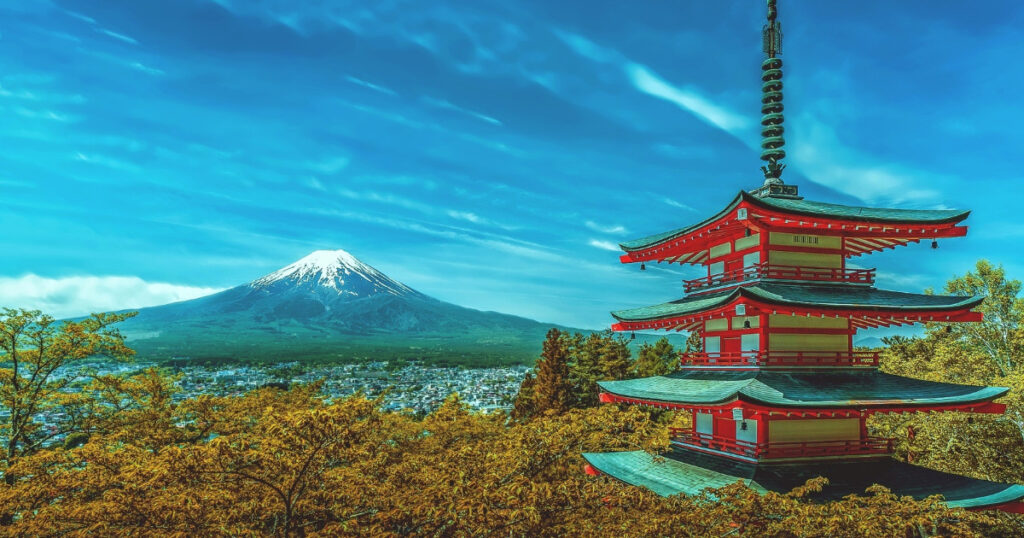
Mount Fuji is not just a mountain; it’s a symbol of Japan and holds a special place in the hearts of the Japanese people. Standing tall and majestic, it has been an icon in Japanese art, literature, and religion for centuries.
For many, Mount Fuji is a sacred site. It has been a place of pilgrimage for a long time, attracting people who climb it as a spiritual journey. The view from the top, especially at sunrise, is considered a life-changing experience, symbolizing rebirth and renewal.
The beauty of Mount Fuji is undeniable. Its perfectly symmetrical shape and snow-capped peak make it instantly recognizable. The mountain changes with the seasons, from the lush greenery of summer to the brilliant white snow of winter, each offering a different but always stunning view.
Around Mount Fuji, there are numerous festivals and cultural practices that celebrate its spiritual significance. These traditions show the deep connection between the mountain and Japanese culture. For example, the Fujiko sect worships Mount Fuji, and their rituals and practices are a unique part of Japan’s spiritual heritage.
In essence, Mount Fuji is more than just a natural wonder; it’s a symbol of Japan’s deep spiritual and cultural roots.
Key Points for Sightseeing in Mt.Fuji
Mount Fuji is a famous tourist destination and also the highest mountain in Japan, which requires proper preparation for climbing. The climbing season is limited to only two months in summer. Every year, there are tourists who fail to reach the top or collapse due to the cold, often due to inadequate preparation. Please make sure to plan your climb carefully.
Viewing Mount Fuji is often more enjoyable than climbing it.
Hiroshima Peace Memorial: A Symbol of Resilience
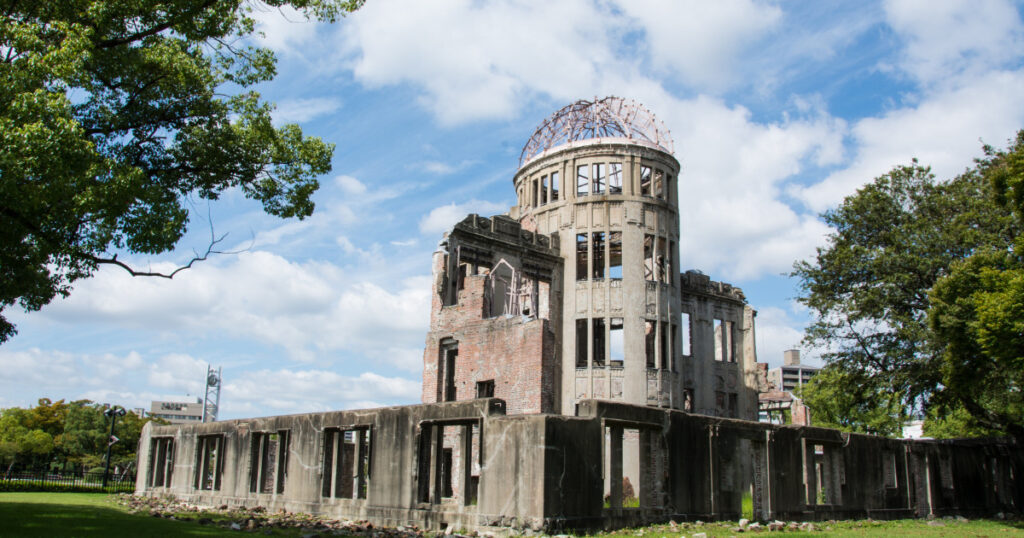
The Hiroshima Peace Memorial, also known as the Genbaku Dome, stands as a powerful reminder of the tragic atomic bombing in Hiroshima during World War II. This site, more than any other, symbolizes the devastating effects of war and the enduring hope for peace.
The Genbaku Dome was one of the few structures left standing near the bomb’s epicenter. Today, it is preserved exactly as it was after the bombing, serving as a stark contrast to the rebuilt city around it. This contrast makes the memorial even more impactful, showing the resilience of Hiroshima and its people.
Visiting the Hiroshima Peace Memorial is a moving experience. It’s a place for reflection, where visitors from around the world can come to think about the importance of peace and the consequences of war. The site is not just a reminder of the past; it’s a message for the future, urging us to work towards a world without nuclear weapons and conflict.
The memorial also includes a museum and park, which help visitors understand the history of Hiroshima, the effects of the atomic bomb, and the city’s journey to recovery. These aspects make the Hiroshima Peace Memorial a symbol of resilience and a beacon of hope for peace in the world.
Key Points for Sightseeing in Hiroshima
It is possible to visit both the Hiroshima Peace Memorial Park (including the Atomic Bomb Dome) and Miyajima (Itsukushima Shrine) in the same day. Both tourist destinations are easily accessible from Hiroshima city, and with careful time management, you can visit both in one day.
The Hiroshima Peace Memorial is located in the center of Hiroshima city and can be easily reached using the city’s public transportation. On the other hand, Miyajima can be accessed from Hiroshima city by train and ferry, typically taking about an hour to reach.
The Historic Villages of Shirakawa-gō and Gokayama
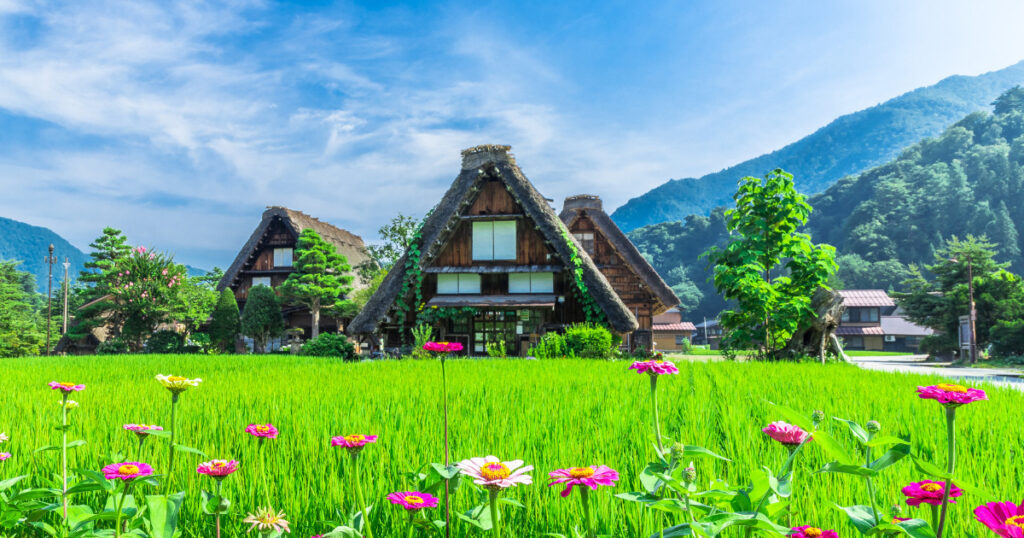
Shirakawa-gō and Gokayama are hidden gems in the mountainous regions of Japan, known for their traditional gassho-zukuri farmhouses. These villages look like they’ve come straight out of a fairy tale, with their unique, steeply thatched roofs designed to withstand heavy snowfall.
The gassho-zukuri houses are not just beautiful; they tell the story of a unique way of life. These farmhouses, some of which are over 250 years old, were built without using any nails. Their design reflects the ingenuity of past generations and how they adapted to their environment. Inside, many of these houses are still lived in, while others have been converted into museums or guesthouses, allowing visitors to experience the traditional lifestyle.
Visiting these villages offers more than just scenic beauty. It’s a journey into Japan’s cultural heritage. You can see how people in these areas have lived in harmony with nature for centuries. The serene settings, with rivers flowing through and the surrounding mountains, add to the tranquil atmosphere.
Both Shirakawa-gō and Gokayama are recognized by UNESCO for their cultural significance. They offer a glimpse into a different, more peaceful way of life and show the importance of preserving cultural traditions. These villages are not just beautiful spots for tourists; they are living examples of Japan’s rich cultural history.
Nara’s Ancient Temples and Deer Park
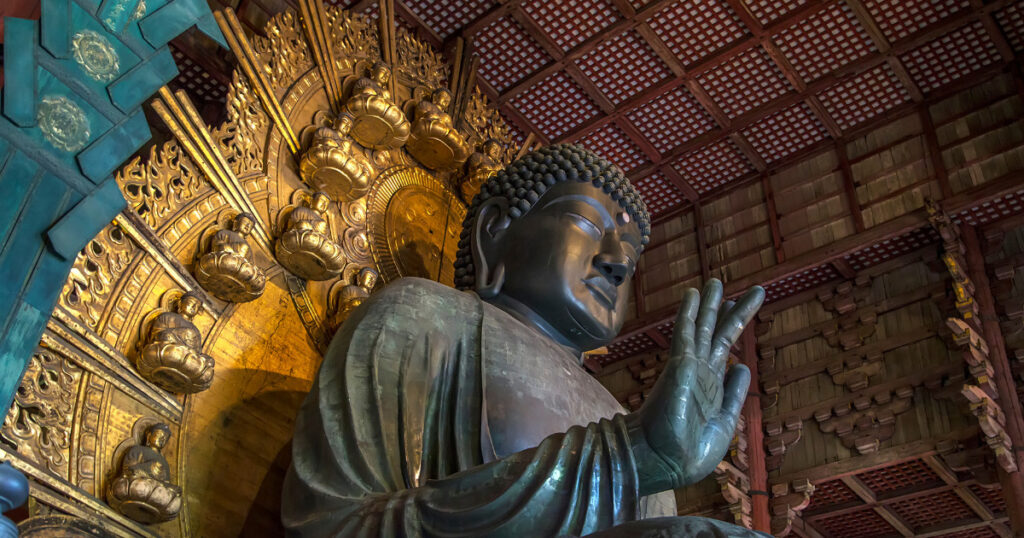
Nara, one of Japan’s former capitals, is a city steeped in history with some of the country’s most significant temples. Among these, Todai-ji stands out as a must-visit. This temple houses the Great Buddha statue, one of the largest bronze statues in the world, and is a marvel of ancient Japanese craftsmanship. The sheer scale of the statue and the grandeur of the temple complex leave visitors in awe.
But the historic charm of Nara doesn’t stop at its temples. Nara Park, home to hundreds of freely roaming deer, offers a unique experience. These deer are considered messengers of the gods in the Shinto religion, and they add a magical feel to the city. Visitors can interact with them, and the deer are surprisingly friendly, often bowing to ask for food!
The blend of majestic temples like Todai-ji and the enchanting presence of the deer in Nara Park creates a unique atmosphere. It’s a place where Japan’s ancient history and natural beauty come together. For anyone interested in Japanese culture and history, Nara offers a glimpse into the past and an unforgettable experience with its gentle, four-legged residents.
The Spiritual and Natural Splendor of Kumano Kodo and Yoshino
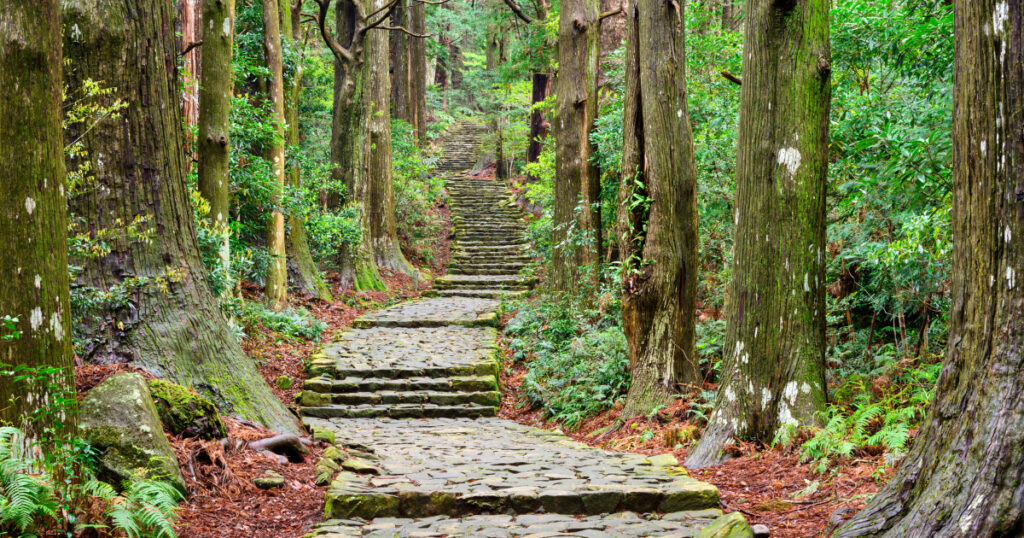
The Kumano Kodo pilgrimage routes in Japan are a network of ancient paths leading through some of the most breathtaking landscapes in the country. These routes, which have been traveled for over a thousand years, are not just pathways through nature; they are journeys through spiritual history.
The Kumano Kodo is deeply rooted in the religious traditions of Japan. Pilgrims have walked these paths for centuries, seeking spiritual enlightenment and visiting sacred shrines along the way. The routes connect three grand shrines, known as Kumano Sanzan, each with its unique history and spiritual significance.
Walking along the Kumano Kodo is like stepping into another world. The paths wind through dense forests, across rivers, and along mountain ridges, offering stunning views and a deep sense of peace. The natural beauty of the area is breathtaking, with each season bringing its own charm – from cherry blossoms in spring to vibrant autumn leaves.
Yoshino, another significant pilgrimage site, is renowned for its spectacular cherry blossoms. This area has been celebrated in Japanese poetry and art for centuries. The religious significance of Yoshino is also profound, with its mountains considered sacred and home to many historic temples and shrines.
Together, Kumano Kodo and Yoshino represent a blend of spiritual journey and natural wonder. They offer a chance to experience the tranquility and beauty of Japan’s landscapes while connecting with the country’s rich religious heritage.
Himeji Castle: A Feat of Japanese Feudal Architecture
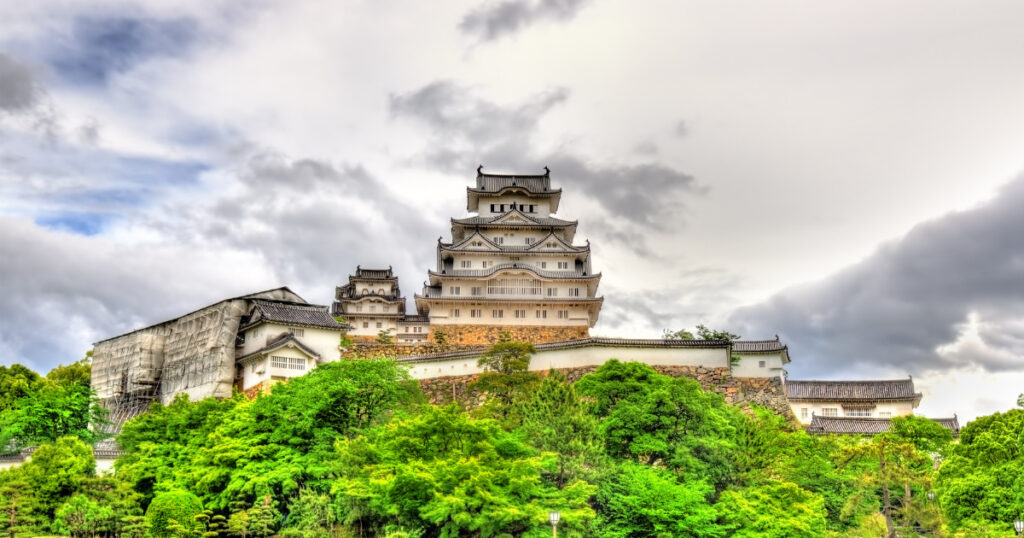
Himeji Castle, often referred to as the ‘White Heron Castle’ due to its elegant white façade, is a masterpiece of Japanese feudal architecture. Located in the Hyogo Prefecture of Japan, this castle is not only stunning in appearance but also holds great historical significance.
Built in the early 17th century, Himeji Castle has survived the passage of time, including wars and natural disasters, making it one of the best-preserved examples of castle architecture in Japan. Its brilliant white exterior, which gives the castle its heron-like appearance, is not just for aesthetics; it also served to deflect enemy attacks and protect the structure.
The castle’s architecture is a marvel in strategic defensive design. It features a complex layout of gates, winding paths, and hidden chambers, designed to confuse and slow down advancing enemies. The main keep, with its multi-layered, tiled roofs and wooden interiors, offers a glimpse into the life of the samurai warriors who once inhabited it.
Himeji Castle isn’t just an architectural wonder; it’s a symbol of the power and sophistication of Japan’s feudal period. Walking through its grounds and ascending the castle offers a journey back in time and an appreciation for the intricacies of ancient Japanese architecture.
Today, Himeji Castle stands not only as a national treasure of Japan but also as a UNESCO World Heritage Site. It attracts visitors from all over the world, allowing them to marvel at its beauty and delve into its rich history.
Okinawa’s Ryukyu Kingdom Castles
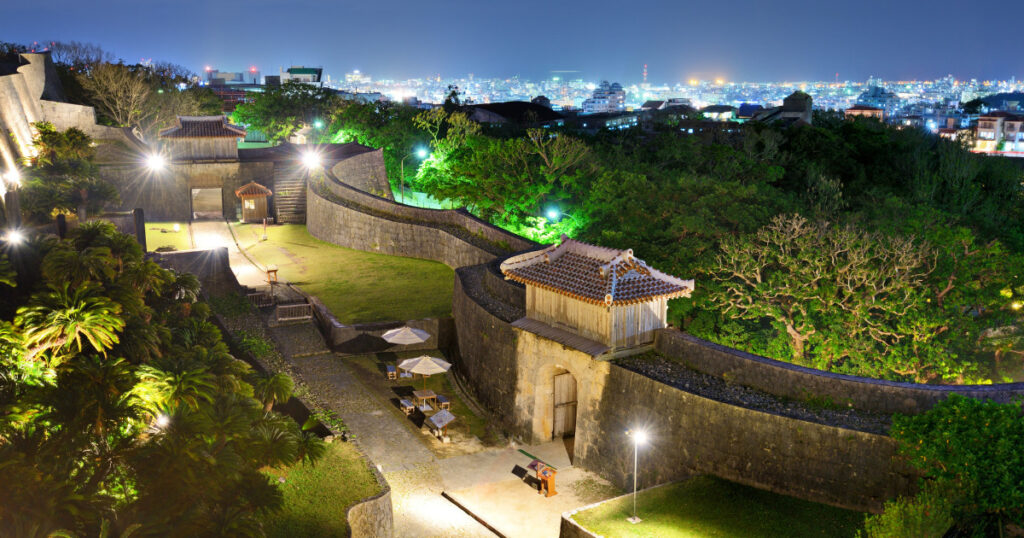
The castles of Okinawa’s Ryukyu Kingdom are remarkable embodiments of a unique cultural heritage that blends local Okinawan traditions with influences from Japan and beyond. Among these, Shuri Castle stands as the most iconic symbol of the Ryukyu Kingdom’s rich and distinctive past.
Shuri Castle, once the political and cultural heart of the Ryukyu Kingdom, is unlike any other in Japan. Its architectural style is a fascinating fusion, reflecting both the native Okinawan culture and external influences, particularly from Japan and China. The castle’s bright red exteriors and dragon motifs are distinctly different from the more subdued styles of mainland Japanese castles.
The Ryukyu Kingdom, which existed from the 15th to the 19th century, developed a unique culture due to its position as a hub of East Asian maritime trade. This is evident in the design of Shuri Castle and other historical structures in Okinawa, where one can see a blend of architectural styles and cultural elements.
Walking through the remains of Shuri Castle and other Ryukyu castles, visitors can sense the fusion of traditions. The layout, structures, and decorations showcase a unique identity that is distinct from mainland Japan. These castles are not just historical sites; they are living testimonials to the rich, diverse cultural tapestry that is Okinawan heritage.
Okinawa’s Ryukyu Kingdom castles, with their unique blend of architectural styles and cultural elements, offer a glimpse into a fascinating chapter of Japan’s diverse cultural history, one that continues to influence Okinawan society today.
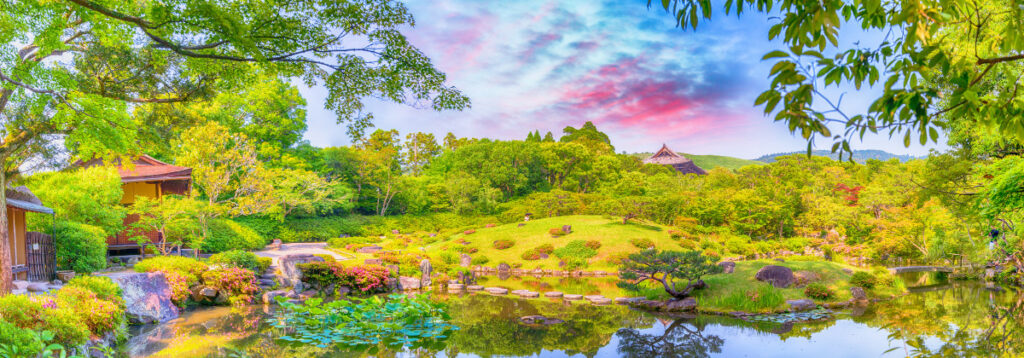
Japan is a unique blend of history, culture, and nature. Each of its World Heritage Sites, from Kyoto’s ancient temples to the serene Mount Fuji, tells a story of the past that still lives on today. These places show how history and nature come together in beautiful harmony.
Visiting these sites is like walking through a living history book. They offer not just sights to see, but experiences to be part of. Whether it’s the historic castles, spiritual paths, or natural wonders, each place has its own charm.
We invite you to explore Japan’s timeless beauty. It’s a journey that promises to be both enlightening and unforgettable, showing you the deep connection between Japan’s past and present.




